An in-depth look at the potential dangers of GHB, GBL, and Xyrem use and evidence-driven strategies to mitigate harm and ensure safe consumption.
What are GHB, GBL, and Xyrem?
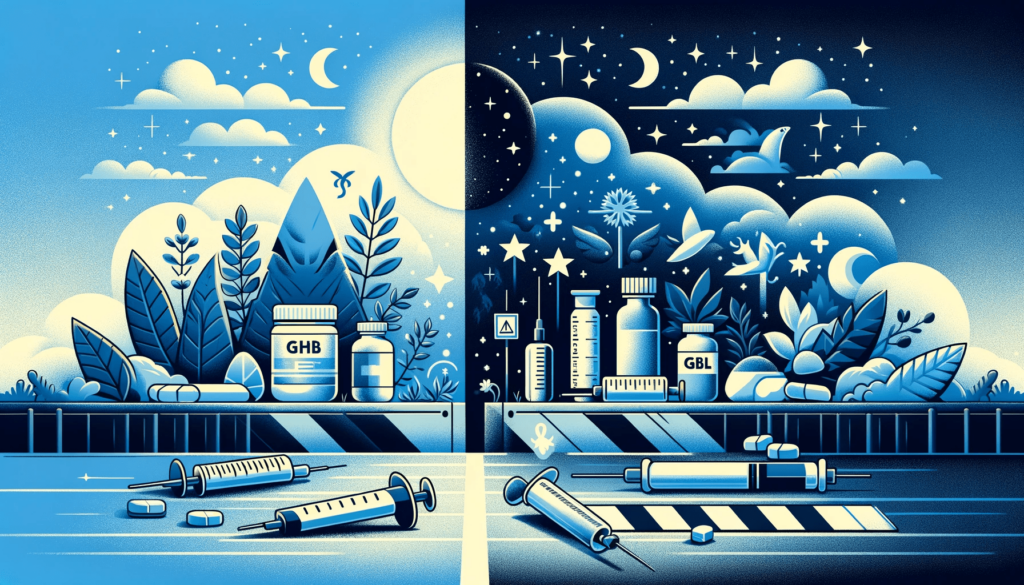
GHB (Gamma-Hydroxybutyrate) is a central nervous system depressant that occurs naturally in the human brain and is also manufactured as a drug. It has a dual status as a medical agent and a recreational substance. This substance exists as a powder but is typically encountered as a clear, tasteless liquid with a hint of saltiness. When used recreationally, it is popularly consumed as its sodium or potassium salt derivative.
GBL (Gamma-Butyrolactone) is a chemical precursor to GHB; that is, it converts to GHB inside the body after ingestion. It’s used industrially as a solvent but is also known for its potential for abuse when consumed for its psychoactive effects.
Xyrem (Sodium Oxybate) is a prescription version of GHB used for medical purposes. It’s approved by the U.S. Food and Drug Administration (FDA) for the treatment of narcolepsy, specifically to reduce excessive daytime sleepiness and cataplexy (sudden muscle weakness triggered by emotions). It also has shown some effectiveness in treating alcohol dependence.
Medically, GHB, in the form of Xyrem, is tightly regulated. Patients with narcolepsy take it to manage their symptoms, taking advantage of its sedative properties to help regulate their sleep patterns and prevent sudden muscle control loss.
Recreationally, GHB/GBL is consumed for its euphoric and sedative effects. Users often seek the enhanced sense of sociability, increased libido, and tranquility it can provoke. It’s a club drug, sometimes associated with the party scene, where it’s referred to colloquially as “liquid ecstasy,” “G,” or “fantasy.” However, it’s notorious for its narrow window between the dose that produces the desired effect and that which leads to overdose, making it quite dangerous.
Now we know that there is essentially one substance behind these names, which means that in the future we will mainly talk about GHB.
Risks of Using GHB, GBL, and Xyrem

GHB Overdose: GHB has a tight safety threshold; minor dosage increments can lead to significant and disproportionate increases in effect, and the gap between a dose that induces enjoyment and one that is poisonous is slim. GHB overconsumption can cause a severely reduced consciousness, potentially progressing to a deep coma.
In larger doses, the risk of unconsciousness and vomiting increases. If someone is vomiting while unconscious, they’re at risk of choking on vomit, leading to asphyxiation and lung injury. If an overdose occurs, it is necessary to put the person in a recovery position.
Addiction: The euphoric effect of GHB can make it highly addictive. Consuming it 3-5 times a week over several weeks can result in tolerance, with users requiring higher doses for the same effect and some requiring it for normal functioning.
Withdrawal: GHB dependence can develop quickly, with withdrawal symptoms presenting as severe and potentially dangerous. It may include insomnia, anxiety, tremors, increased heart rate and blood pressure, psychotic thoughts, and delirium. Unlike many other drugs, GHB withdrawal can be life-threatening and usually requires medical supervision.
Cognitive Impairment: Chronic use may lead to memory impairment, decreased attention, and other cognitive deficits, which may not be fully reversible.
Psychiatric Symptoms: GHB use has been associated with the exacerbation of psychiatric conditions such as depression and anxiety. In some users, GHB can induce hallucinations, paranoia, and aggressive behavior.
Violence or Abuse: Due to its sedative properties, GHB has been implicated in sexual assaults as it can incapacitate individuals, making it easier for them to be victimized. It is also associated with disinhibition and may lead to risky sexual behaviors.
Co-use with Other Drugs: GHB/GBL is sometimes taken with other substances, such as alcohol, which can compound its effects and increase the likelihood of harmful outcomes. Using GHB with other depressants, even in small quantities, increases the risk of overdose.
Combining GHB with any depressant can enhance its toxic effects. This is true for both prescribed medications like benzodiazepines, opiates, and barbiturates, and substances such as alcohol or illegal drugs.
Mixing GHB with stimulants like amphetamines, cocaine, or MDMA may obscure GHB’s effects, potentially leading to overconsumption and adverse effects.
Gastrointestinal Damage: GHB synthesis involves using gamma-butyrolactone mixed with sodium hydroxide, which requires careful pH balance in the final product to prevent it from being too acidic or basic. An incorrectly balanced pH can cause severe damage to the digestive system, including burns, erosion, or even perforations in the esophagus and stomach when ingested.
Unregulated Use: GBL and illicit GHB are often used in uncontrolled settings without medical supervision, leading to increased risks of harm from impurities, unknown potency, and unsafe behaviors such as driving under the influence.
Societal and Social Risks: The legal consequences of using or possessing GHB without a prescription can lead to criminal charges, affecting employment, education, and personal relationships.
Due to the significant risks associated with GHB, GBL, and Xyrem, their use should be carefully managed. Harm reduction approaches and proper medical supervision of prescribed Xyrem are crucial in minimizing these risks. Education on the dangers of GHB and GBL, coupled with access to addiction treatment services, is vital for individuals who use these substances, whether medically or recreationally.
Effects of GHB
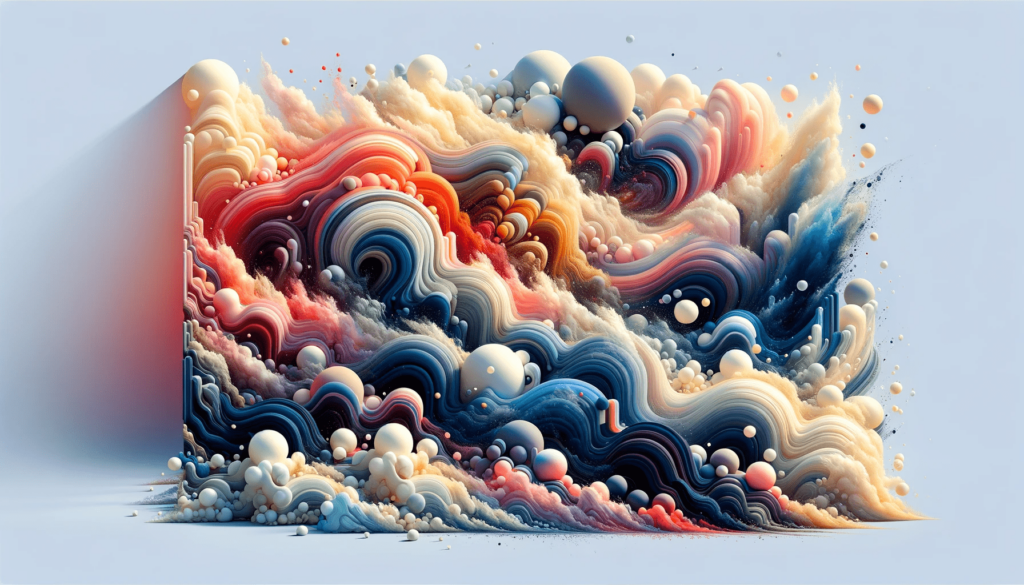
The typical method of consumption is oral intake, where it’s taken straight or mixed into a liquid such as a drink. Using it in any other way is highly risky.
GHB, GBL, and Xyrem have effects that vary greatly depending on the dose, the user, and the presence of other substances. Below, I summarize their effects, keeping in mind the wide spectrum of responses that different individuals may experience:
Positive Effects:
- Euphoria: Many users report feeling happy and more sociable.
- Enhanced sexual experiences: Some users find that GHB increases their libido.
- Relaxation: GHB can produce feelings of relaxation, which is why it’s sometimes used as a club drug to “come down” from stimulant drugs or as a sleep aid.
- Muscle enhancement: There is some evidence that GHB may promote muscle growth, which has made it appealing to some bodybuilders.
Neutral Effects:
- Altered perception of time and space: GHB can distort sensory experiences.
- Mild to moderate dizziness: This is often reported at lower to moderate doses.
Negative/Acute Adverse Effects:
- Nausea and vomiting: These are common with overdoses but can occur even at therapeutic or recreational doses for some individuals.
- Confusion and disorientation: High doses may lead to confusion or agitation.
- Amnesia: Blackouts and memory loss are associated with GHB use, particularly at higher doses.
- Decreased motor skills: Impairment in coordination and balance can occur.
- Respiratory depression: At higher doses, GHB can significantly depress respiration, which can be life-threatening.
- Unconsciousness: A GHB overdose can lead to a comatose state.
In general, the effects are very similar to the effects of alcohol, given that “intoxication” is very dependent on the dosage and can occur intensively.
GHB Dosage and Timing
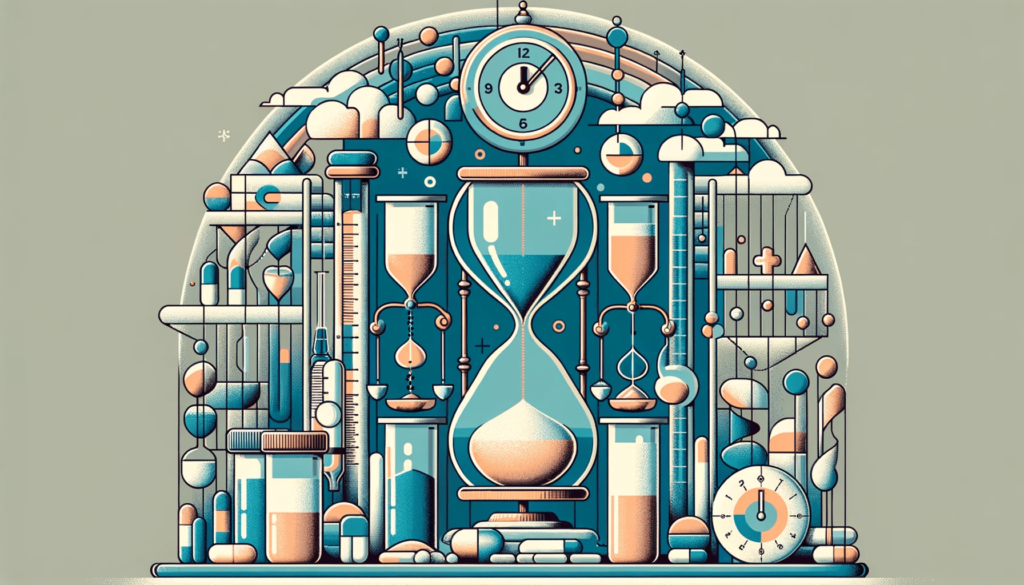
With dosages, not everything is so simple. GHB (and others) is commonly available as a liquid, with the amount usually given in milliliters (ml). However, the potency of the substance is measured in grams (g) because the concentration of GHB is measured by weight.
The dilution of GHB in water adds difficulty to accurately measuring a safe dose, making overdoses more common.
GHB has a density range between 1.0 and 1.2 grams per milliliter. Therefore, one milliliter of pure GHB generally equates to about one gram of the substance. However, if the GHB liquid is diluted with water, one milliliter may contain less than 1.2 grams, but never more.
As we know, GBL is converted into GHB after it is consumed. GBL is denser than GHB, with a density of 1.13 grams per milliliter. When ingested, one milliliter of GBL (which weighs 1.13 grams) converts into approximately 1.35 grams of GHB.
❗❗❗
| Oral | |
| ⚪ Light | 0.5 – 1 g |
| 🟡 Medium | 1 – 2.5 g |
| 🔵 Heavy | 2.5 – 5 g |
| 🔴 Severe | 5+ g |
GHB’s effects, timing, and duration can vary based on several factors, including the dose taken, the user’s metabolism, their body mass, and whether the drug was taken on an empty stomach.
Onset: GHB usually takes effect within 15 to 30 minutes after oral ingestion.
Peak: The peak effects are typically reached within 45 to 90 minutes, depending on the dose and individual metabolism.
Primary Effects: The primary effects of GHB last approximately 1.5 to 3 hours.
After Effects: After the main effects wear off, there may be several hours of residual effects, during which the user might still feel some of the drug’s influence, such as drowsiness or changes in mood.7
Harm Reduction Strategies for GHB

Understanding Potency: Know the potency of GHB/GBL and the importance of accurately measuring doses.
Controlled Environment: Take GHB/GBL only in a safe and controlled environment, ideally with a sober, trusted individual who can assist in case of an adverse reaction.
Use of Test Kits: Promoting the use of test kits to verify the substance and to assess its concentration, helping to reduce the chance of unintentional overdose due to unknown or variable potency.
Start Low, Go Slow: Recommending new users start with a very low dose to gauge their sensitivity to the drug’s effects before taking a full dose.
Clear Labeling: Encouraging users to label their dosing equipment clearly to avoid accidental mix-ups or overdosing.
Avoiding Regular Use: Advising against the regular use of GHB/GBL to prevent tolerance, dependence, and the increased risk of long-term harm.
Avoid Mixing with Alcohol or Other Substances: Cautioning against the use of GHB/GBL with other central nervous system depressants, such as alcohol, benzodiazepines, or opioids, to prevent the compounded risk of respiratory depression and overdose.
Recognizing Overdose Signs: Providing clear information on recognizing signs of an overdose, which may include profound confusion, vomiting, seizure-like activity, slowed breathing, unresponsiveness, or unconsciousness.
Immediate Response Plan: Emphasizing the importance of calling emergency services at the first sign of an overdose, as rapid intervention can be lifesaving.
Staying Informed: Offering training on first aid and response to suspected GHB/GBL overdose, including recovery position to prevent choking and the administration of first aid while waiting for emergency services.
Community Outreach: Engaging in outreach to populations at higher risk, including those frequenting nightclubs and parties, about the specific risks of polydrug use involving GHB/GBL.
Final Thoughts
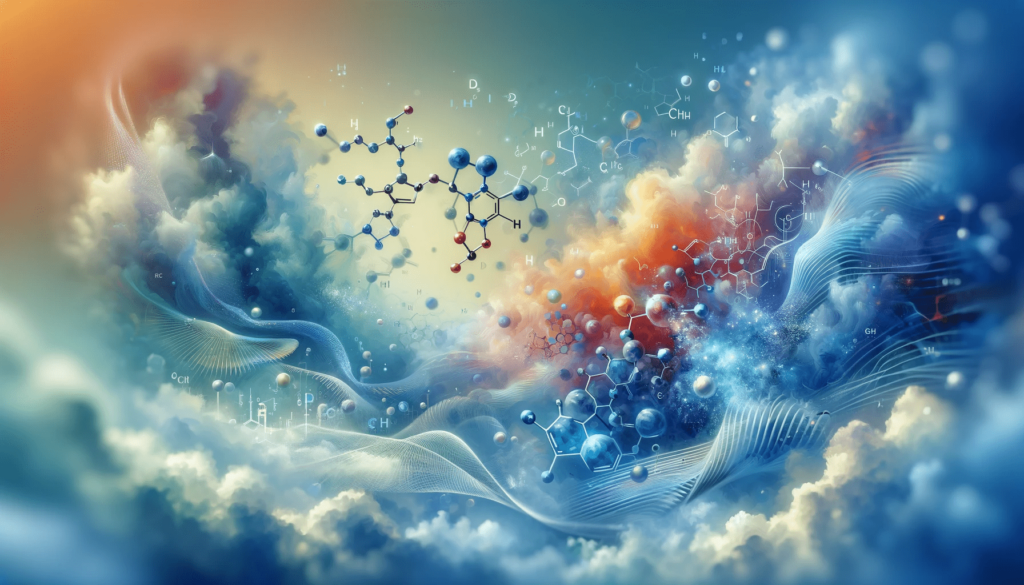
The use of GHB, GBL, and Xyrem presents complex challenges and risks that necessitate a responsible approach and a deep understanding of potential harms. An individual’s decision to use these substances should be informed by a comprehensive awareness of the dosage, the fine line between recreational use and overdose, the interaction with other substances, and the short and long-term consequences of use.
As a society, it’s critical to foster an environment where education and awareness are prioritized. By providing clear, evidence-based information and supporting harm reduction initiatives, we can help ensure that those who choose to use these substances can do so more safely. This includes respecting and protecting individual autonomy by equipping people with the tools they need to make informed decisions about their health and safety.


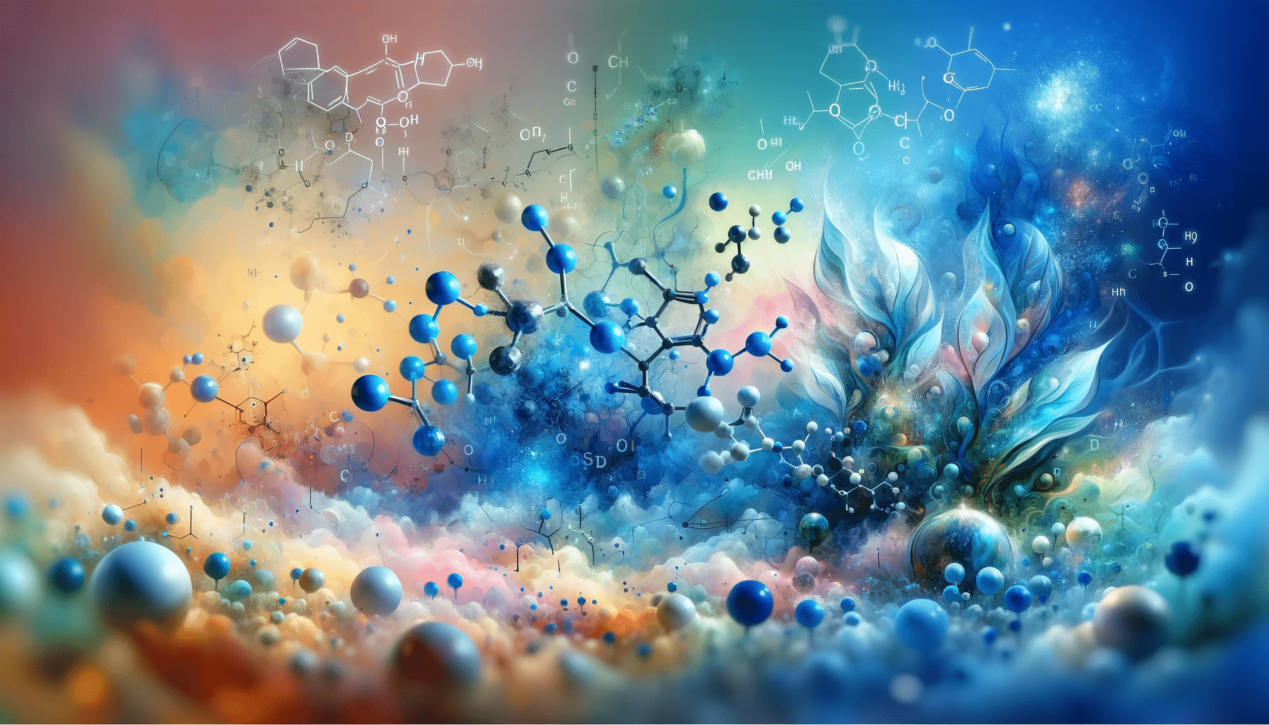


Fantastic site! A lot of helpful info here. Im sending it to some buddies. And naturally thanks on your sweat!